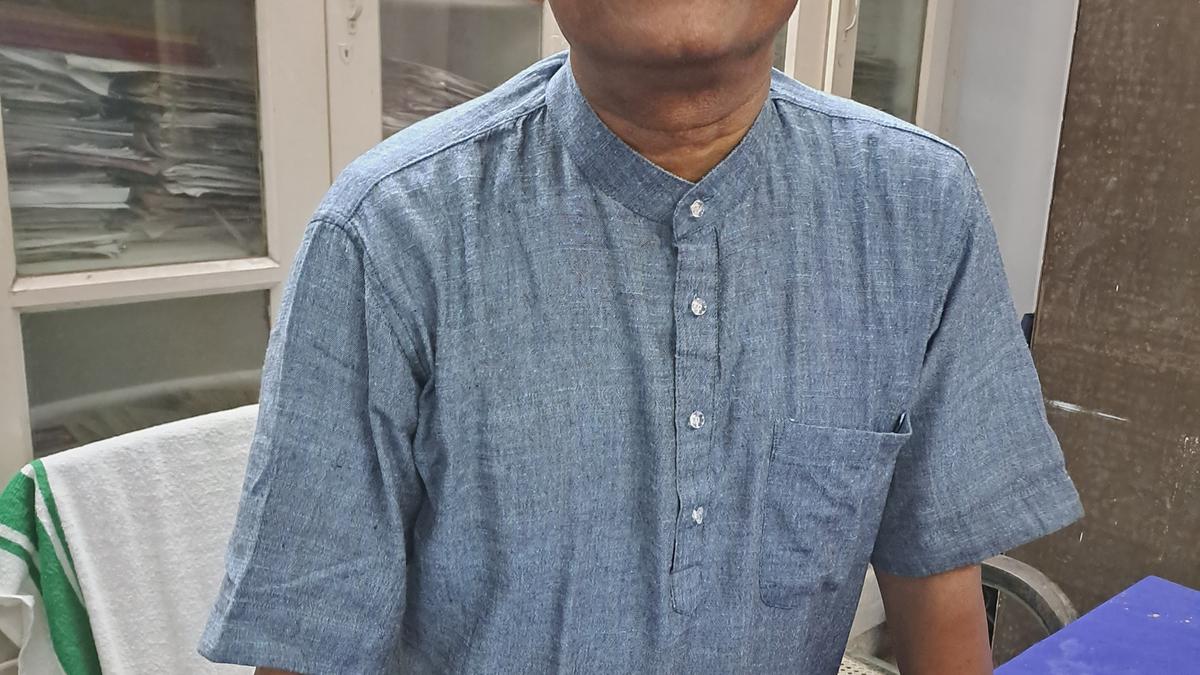
Millets the only way to avoid food shortages: Khadar Valli
The Hindu
Khadar Valli is in Thiruvananthapuram to participate in a two-day State-level millet campaign organised by the Millet Mission Kerala. He emphasises on the need to shift towards millets as the yields of rice and wheat have dropped due to rising temperatures
Focussing on millets is the only way for mankind to avoid the disaster of food shortage, says Khadar Valli, popularly known as the Millet Man of India.
Dr. Valli, who was in the city to participate in a two-day State-level millet campaign organised by the Millet Mission Kerala, was talking to The Hindu on the sidelines of the event inaugural on Sunday. The year 2023 has been declared the International Year of the Millets by the United Nations following a proposal by India.
Dr. Valli says there will not be enough food to feed the world if a shift to millets is not made. “Rice and wheat yields have decreased by 30% in the past 10 to 15 years because of rising temperature, which is fuelled by the production of these very crops. However, people do not understand what is happening for they have been told that rice and wheat are our food.”
Even as experts talk of green energy and so on, they forget that production of rice, wheat, and sugarcane is heating up the planet, says the Padma Shri awardee.
Elaborating on the differences between millets and rice and wheat, Dr. Valli says 90% of the planet is occupied by C4 grasses, which includes millets. Rice and wheat, though, are C3 grasses. C4 grasses do not require water, while C3 grasses need water. And that is the problem countries are facing now.
Rice and wheat also have low temperature requirement. With their yields already falling, another 1 degrees Celsius increase in temperature will further affect the yield. However, C4 grasses can grow in temperatures ranging from 10 to 50 degrees Celsius. Every acre can become a food bowl. However, corporates marketing rice and wheat say millets are animal feed, primitive food, and coarse grains, not human food, he alleges.
Referring to concerns about stagnant millet yields and food security, Dr. Valli agrees millet yields have not increased, but adds that there is no need for it. His explanation: “Out of a given 100 acres of land, only 10 acres or so will be irrigated; not all of it can be. From that, the yield will be a maximum of 300 quintals of rice. On the other hand, 90 acres of land can be used to grow millets. The yield from this will be 900 quintals.”











